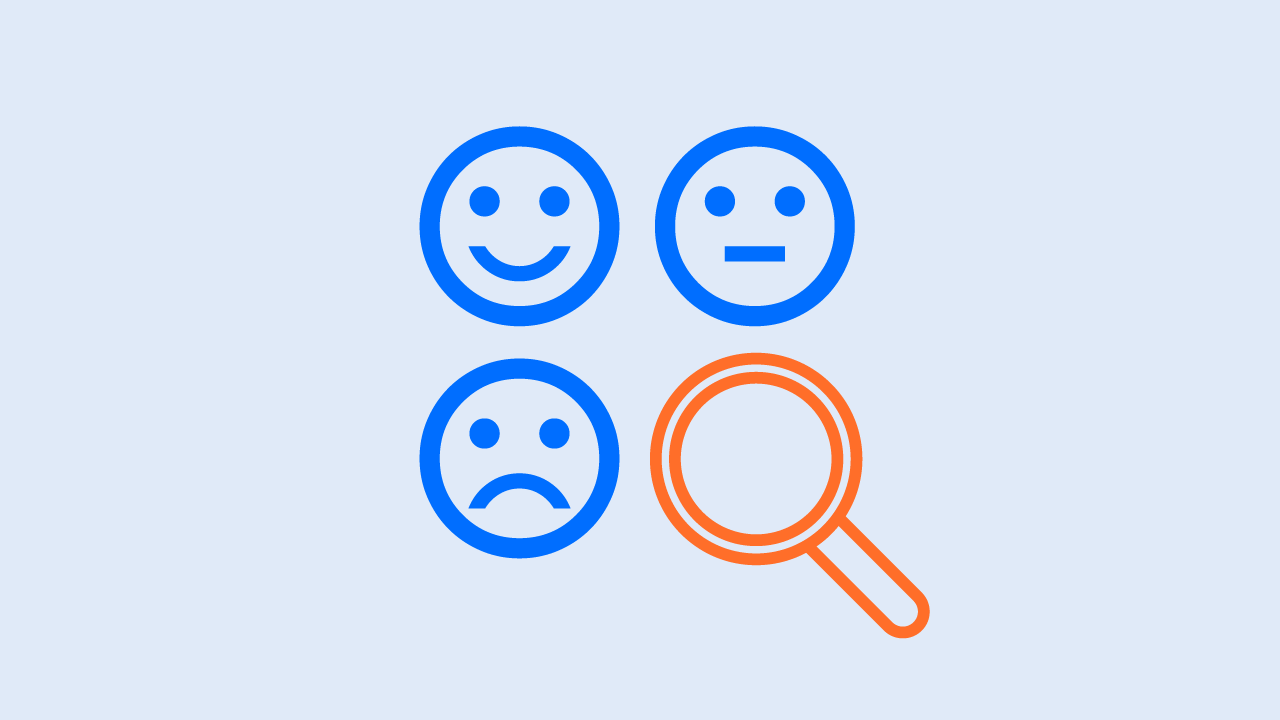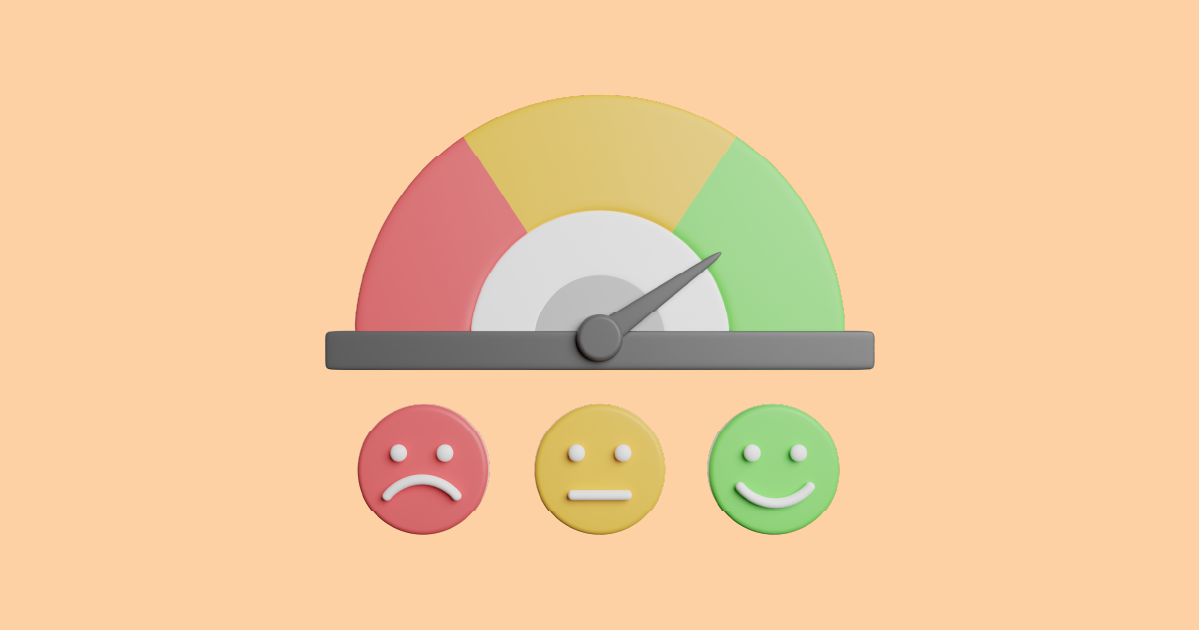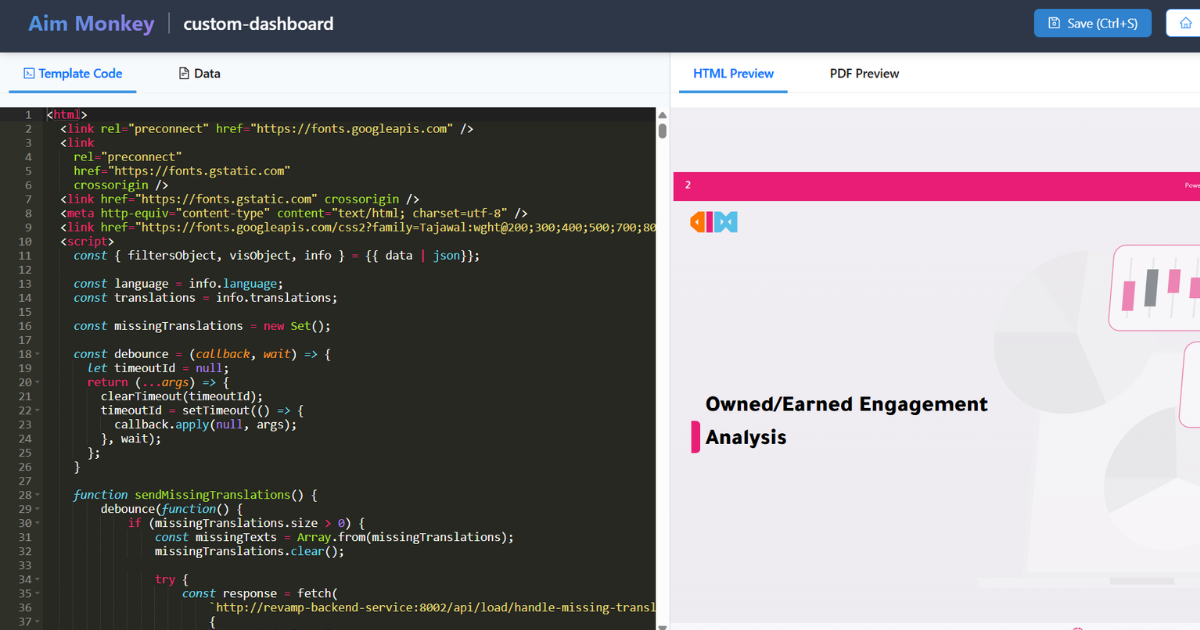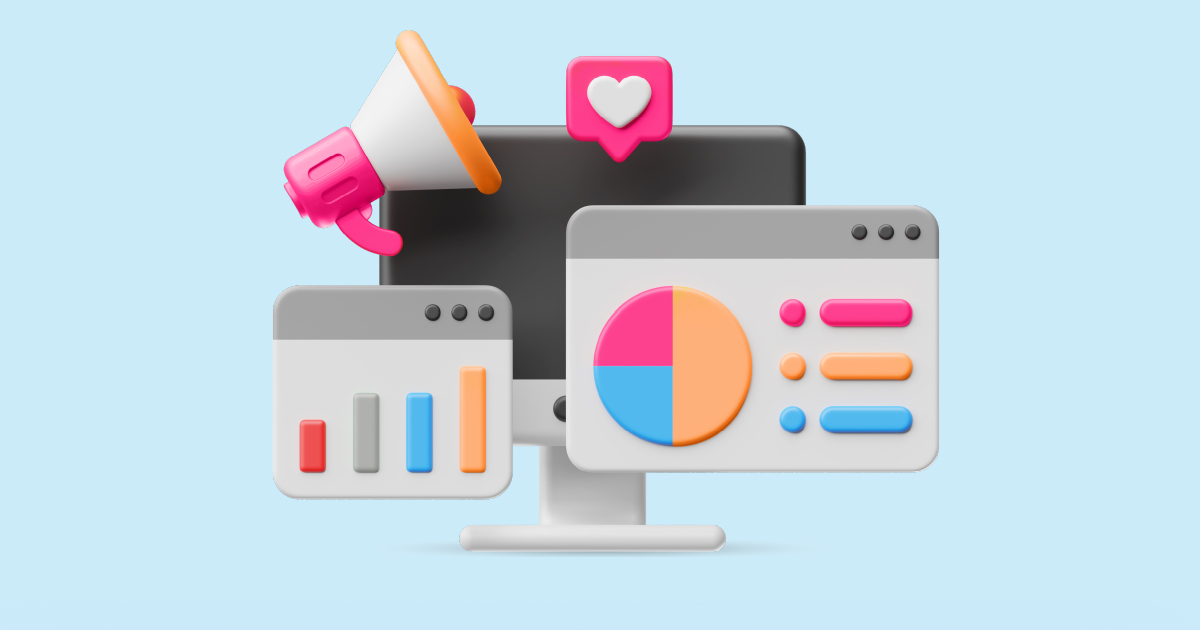In today’s digital world, sentiment analysis has become crucial for businesses aiming to understand their customers better. But how exactly do you measure sentiment? It’s not just about counting positive and negative words; it’s about diving deep into the emotions and opinions behind them.
How to Measure Sentiment: Key Methods and Tools Explained

Understanding Sentiment Analysis
What is Sentiment Analysis?
Sentiment analysis is the process of determining the emotional tone behind a series of words. It’s used to gain insights into the attitudes, opinions, and emotions expressed in online mentions.
Role of Sentiment in Business Decisions
Businesses use sentiment analysis to make informed decisions, from improving customer service to shaping marketing strategies. Understanding sentiment helps brands gauge how their audience feels about their products or services.
Types of Sentiment Analysis
1. Binary Sentiment Analysis
This method categorizes sentiments into two classes: positive or negative. It’s simple and straightforward, ideal for quick assessments.
2. Multi-Class Sentiment Analysis
This approach classifies sentiments into more categories, such as positive, negative, neutral, or even happy, sad, angry, etc.
3. Aspect-Based Sentiment Analysis
Here, sentiments are analyzed concerning specific aspects or features of a product or service. For example, a review might praise the battery life of a phone but criticize its camera.
Tools for How to Measure Sentiment
1. Manual Analysis
While labor-intensive, manual analysis involves reading and interpreting each comment, offering nuanced insights.
2. Automated Sentiment Analysis Tools
These tools use algorithms to analyze text data, providing quicker results with varying levels of accuracy.
3. Social Media Monitoring Tools
These tools track and analyze sentiments across social media platforms, offering real-time insights into public opinion.
Setting Up Sentiment Measurement
1. Defining Objectives
Before starting, it’s essential to define what you want to achieve. Are you looking to improve customer satisfaction, enhance product features, or manage your brand’s reputation?
2. Selecting Data Sources
Choose data sources that align with your goals. This could be customer reviews, social media comments, or survey responses.
3. Choosing the Right Tools
Pick tools that fit your budget and technical expertise. Ensure they can handle the volume of data you plan to analyze.
Data Collection for Sentiment Analysis
1. Gathering Customer Feedback
Collect feedback from multiple channels to get a comprehensive view of customer sentiment.
2. Mining Social Media Data
Social media is a goldmine for sentiment data, offering unfiltered customer opinions and reactions.
3. Utilizing Surveys and Polls
Surveys and polls provide structured data, making it easier to analyze sentiments related to specific questions.
Techniques for Sentiment Analysis
1. Natural Language Processing (NLP)
NLP is the backbone of sentiment analysis, enabling machines to understand and interpret human language.
2. Machine Learning Models
Machine learning models improve over time, offering increasingly accurate sentiment analysis as they process more data.
3. Sentiment Lexicons
These are collections of words associated with specific sentiments, used to identify emotional tones in text.
Performing Sentiment Analysis
1. Pre-processing Data
Clean the data by removing irrelevant information, ensuring that the analysis is focused and accurate.
2. Analyzing Textual Content
Use your chosen tools to process the text and identify the underlying sentiments.
3. Interpreting Sentiment Scores
Interpret the scores to understand the overall sentiment, identifying any significant trends or anomalies.
Challenges in How to Measure Sentiment
1. Handling Sarcasm and Irony
Sarcasm and irony can skew results, as they often express a sentiment opposite to the literal words used.
2. Dealing with Mixed Sentiments
A single piece of text may contain mixed sentiments, making it challenging to classify it accurately.
3. Language and Cultural Differences
Sentiment expressions can vary significantly across different languages and cultures, requiring localized approaches.
Applications of Sentiment Analysis
1. Customer Service Improvement
By understanding customer sentiments, businesses can address issues proactively, enhancing customer satisfaction.
2. Brand Reputation Management
Sentiment analysis helps monitor brand reputation, enabling quick responses to negative sentiments.
3. Product Development Insights
Feedback on specific product features can guide improvements and innovations, aligning with customer needs.
Case Studies for How to Measure Sentiment
Real-World Examples
Explore case studies of companies that have successfully used sentiment analysis to drive business growth.
Success Stories and Learnings
Learn from the successes and challenges faced by others, applying these insights to your own sentiment analysis efforts.
Best Practices for Accurate Sentiment Measurement
1. Regularly Updating Sentiment Models
Ensure your sentiment models are updated regularly to reflect the latest trends and language use.
2. Combining Qualitative and Quantitative Analysis
Use a mix of qualitative and quantitative analysis for a well-rounded understanding of sentiments.
3. Continuous Monitoring
Regularly monitor sentiments to stay updated on how your audience feels, enabling timely interventions.
Ethical Considerations in How to Measure Sentiment
1. Ensuring Data Privacy
Respecting user privacy is crucial when collecting and analyzing data for sentiment analysis.
2. Avoiding Bias in Sentiment Analysis
Ensure your tools and models are free from biases that could skew the results.
Future Trends in How to Measure Sentiment
1. Advances in AI and NLP
Keep an eye on advancements in AI and NLP, which promise to make sentiment analysis more accurate and accessible.
2. Integration with Predictive Analytics
Sentiment analysis is increasingly being integrated with predictive analytics, offering powerful insights into future trends.
Conclusion
How to measure sentiment, is a complex yet rewarding process that offers valuable insights into customer opinions and emotions. By understanding and analyzing sentiment, businesses can make informed decisions, improve customer satisfaction, and enhance their products and services. To see how sentiment analysis can benefit your business, request a demo from AIM Technologies today and discover the power of advanced sentiment measurement tools tailored to your needs.
FAQs
What are the benefits of sentiment analysis?
Sentiment analysis provides insights into customer opinions, helps manage brand reputation, and informs product development strategies.
How can small businesses implement sentiment measurement?
Small businesses can start by using affordable tools, focusing on key data sources like social media, and gradually expanding their analysis.
What is the best tool for sentiment analysis?
The best tool depends on your specific needs, budget, and technical expertise. Popular options include HubSpot, Lexalytics, and Hootsuite Insights.
How often should sentiment analysis be performed?
Regular monitoring is essential. The frequency depends on your business’s needs, but monthly or quarterly analysis is common.
Can sentiment analysis be applied to audio and video content?
Yes, with the advancement of AI, sentiment analysis can now be applied to audio and video content, though text analysis remains the most common.




